7 terrifying untold tales of the Welsh coast
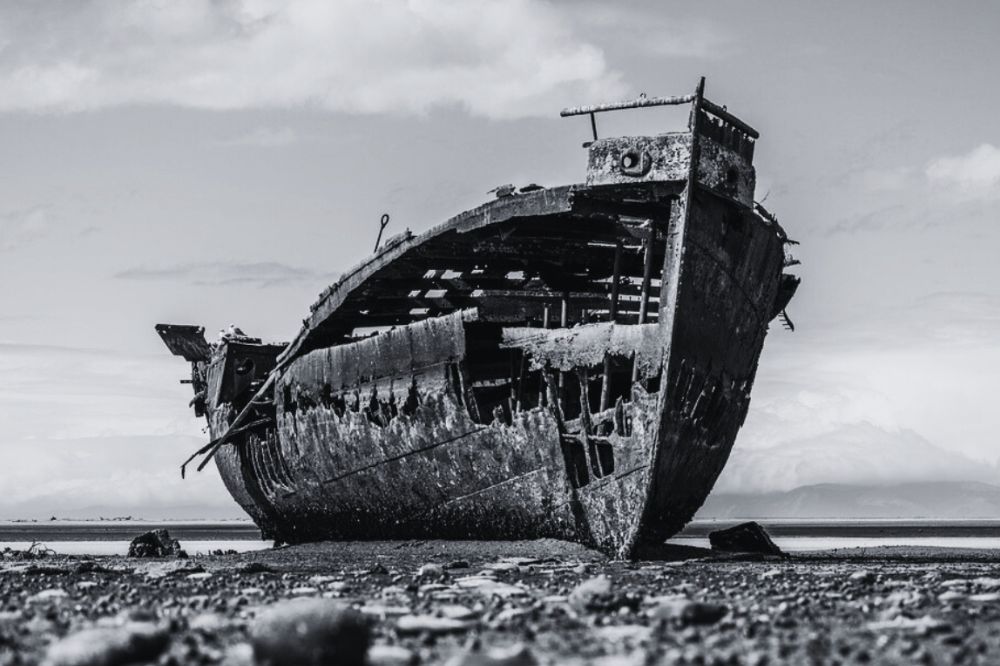
The Wales Coast Path is well known for its 870 miles of rugged coastline and epic views – but did you know that it’s also teeming with tales of the paranormal…
As October draws to a close adventure seekers, history enthusiasts and those who love a ghost story are invited to see the Path in a new light.
Here’s 7 terrifying tales of those who walked the Path before us…
The Reverend of Rhossili’s Old Rectory
Perched high above Rhossili Beach in Gower lies The Old Rectory — a property with a history as dramatic as the surrounding coastline.
Though built in the 1700s, by the 1850s the structure became home to one Reverand Lucas who was known for the unique practice of riding his horse across the sands to preach in the parishes of Rhossili and Llangennith.
Today, locals speak of a lingering presence with many believing that the Reverend’s spirit still traverses the sands, occasionally seen on a spectral horse.
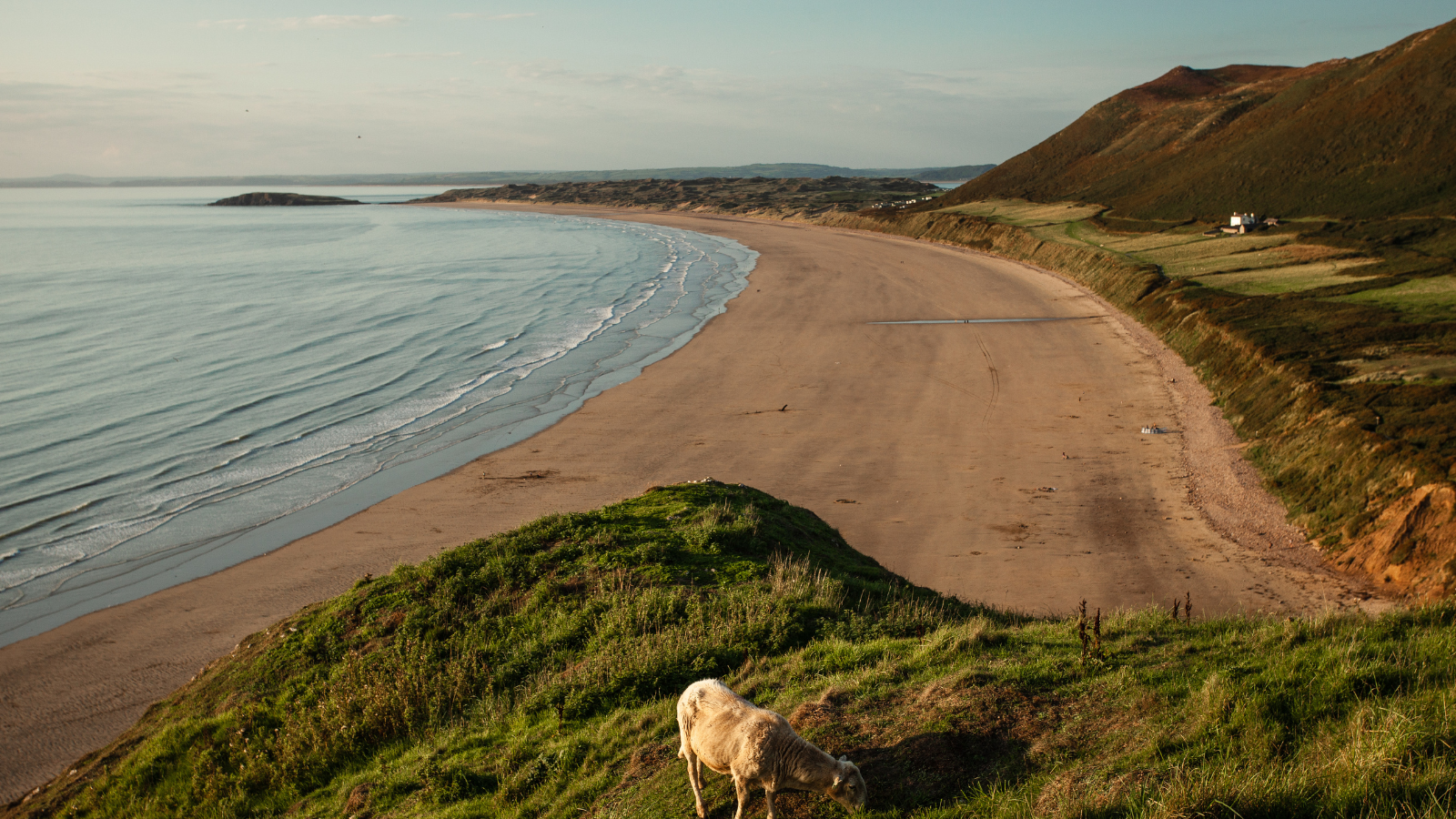
Now a popular holiday let, many visitors to The Old Rectory have reported seeing and hearing strange things with reports of shadowy figures in the corridors and even mysterious voices.
If you’re looking for a spooky but beautiful place to stay on the Wales Coast Path, look no further.
The lost city of Cantre’r Gwaelod
Welsh folklore speaks of Cantre’r Gwaelod – a long-lost city said to have existed many centuries ago, along the coastline of west Wales.
This fabled land was protected from the sea by gates that would open during low tide to drain the water and close again as the tide returned.
But tragedy struck one fateful night due to the carelessness of the night watchman who fell asleep after drinking too much mead.
Though the King and some of his subjects managed to escape, it’s said that Cantre’r Gwaelod succumbed to the sea that night and more than half of its population tragically lost their lives.

To this day, the legend lives on and in times of peril or when a boat is in distress, the haunting chimes of church bells are said to echo around Cardigan Bay.
On quiet Sundays, it’s said that the faint tolling can be heard near the waters almost concealed beneath the dark waters of the Irish Sea.
Whispers of smugglers and servants at Pwll Du
Some say that on still, moonlit nights, you can hear mysterious whispers on the wind at Pwll Du in Gower – a mixture of men’s voices and the clip-clop of horses’ hooves along the pebble ridge.
These spectral sounds are believed to be the restless echoes of smugglers, toiling under the cover of night to ferry their contraband of brandy and tobacco from the shore to Bishopston Valley and Smugglers Lane.
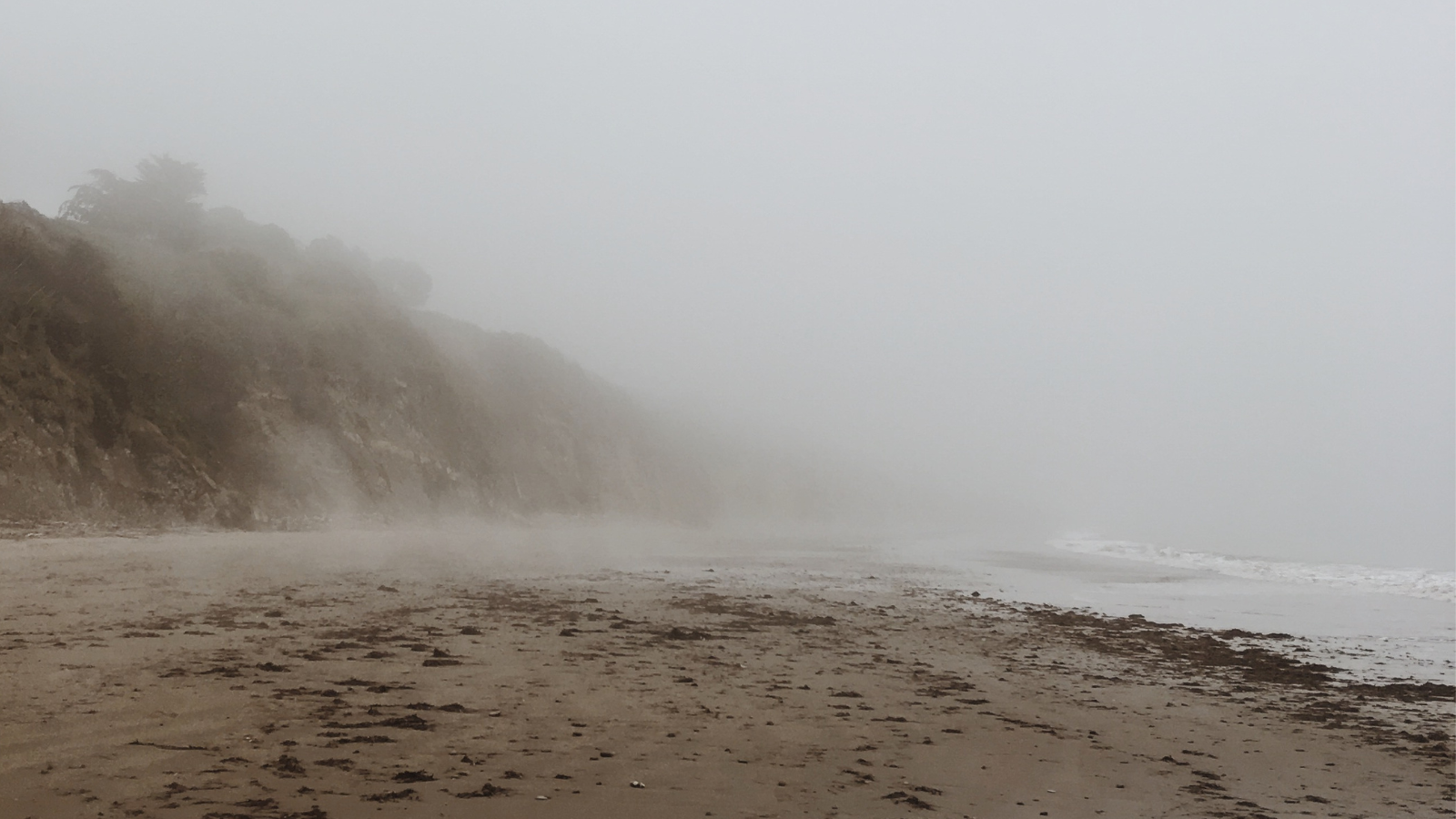
Another presence said to haunt the shoreline is the White Lady. Stories of her sightings date back to the mid-1800s, when she first began to wander through the valley, crossing bridges and making appearances at The Beaufort – a former public house turned private residence.
Legend says she may have been a young serving girl from the pub, who tragically took the lives of herself and her young child. Witnesses recount a young girl in her late teens, wearing a flowing white gown and cradling a small bundle to her chest.
The spooks of Beaumaris Gaol.
Standing just a stone’s throw from the shoreline, 190+ year-old Beaumaris Gaol once housed an array of notorious criminals.
Known for its harsh treatment of prisoners with chaining, whipping, rock-breaking, and days in solitary confinement all commonplace, the Gaol also featured one of Britain’s last working penal treadmills and was the site of a small number of executions.
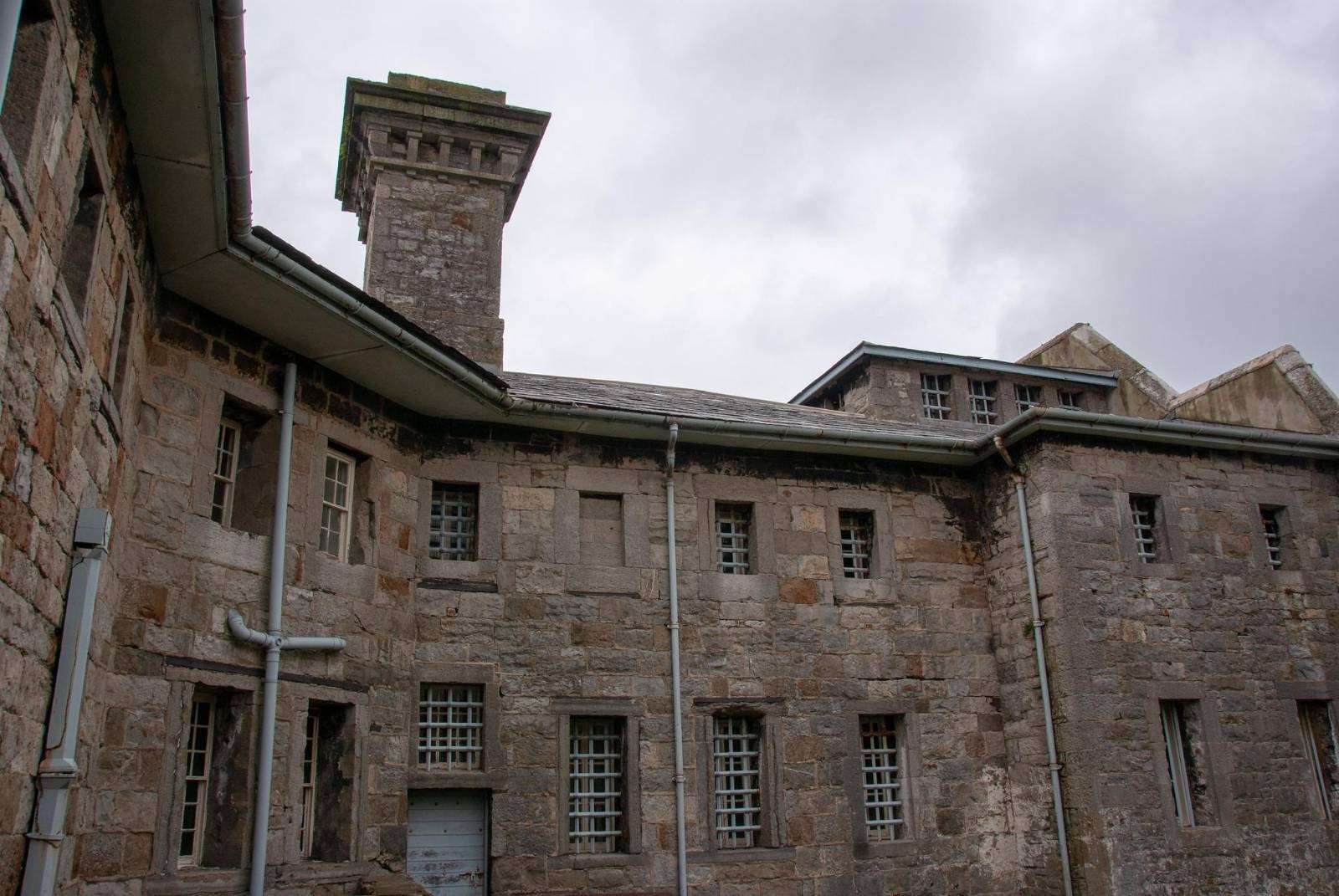
One of these was the execution of Richard Rowlands in 1862, who was sentenced to death for murdering his father-in-law. Rowlands maintained his innocence until the end and is said to have cursed the nearby church clock from the gallows so that it would never tell the correct time. And to this day, it reportedly does not.
Various prisoners, including Rowlands, are rumoured to be buried within the prison walls potentially contributing to the disembodied voices, shadowy figures, and poltergeist antics regularly reported by visitors.
What’s more, the spirit of a former jailer is said to wander the grounds knocking on doors and whistling as if conducting his daily duties.
The faceless nun of Llangrannog
For many children in Wales, a stay at the Urdd campsite in Llangrannog is a right of passage. But no school visit is complete without telling tales of the site’s resident ghost – the dark nun.
She is said to stalk the halls after dark, searching for lone children out of bed after lights out. Some even say that she hovers above sleeping visitors, tying the tongues of those that wake so they can’t scream.
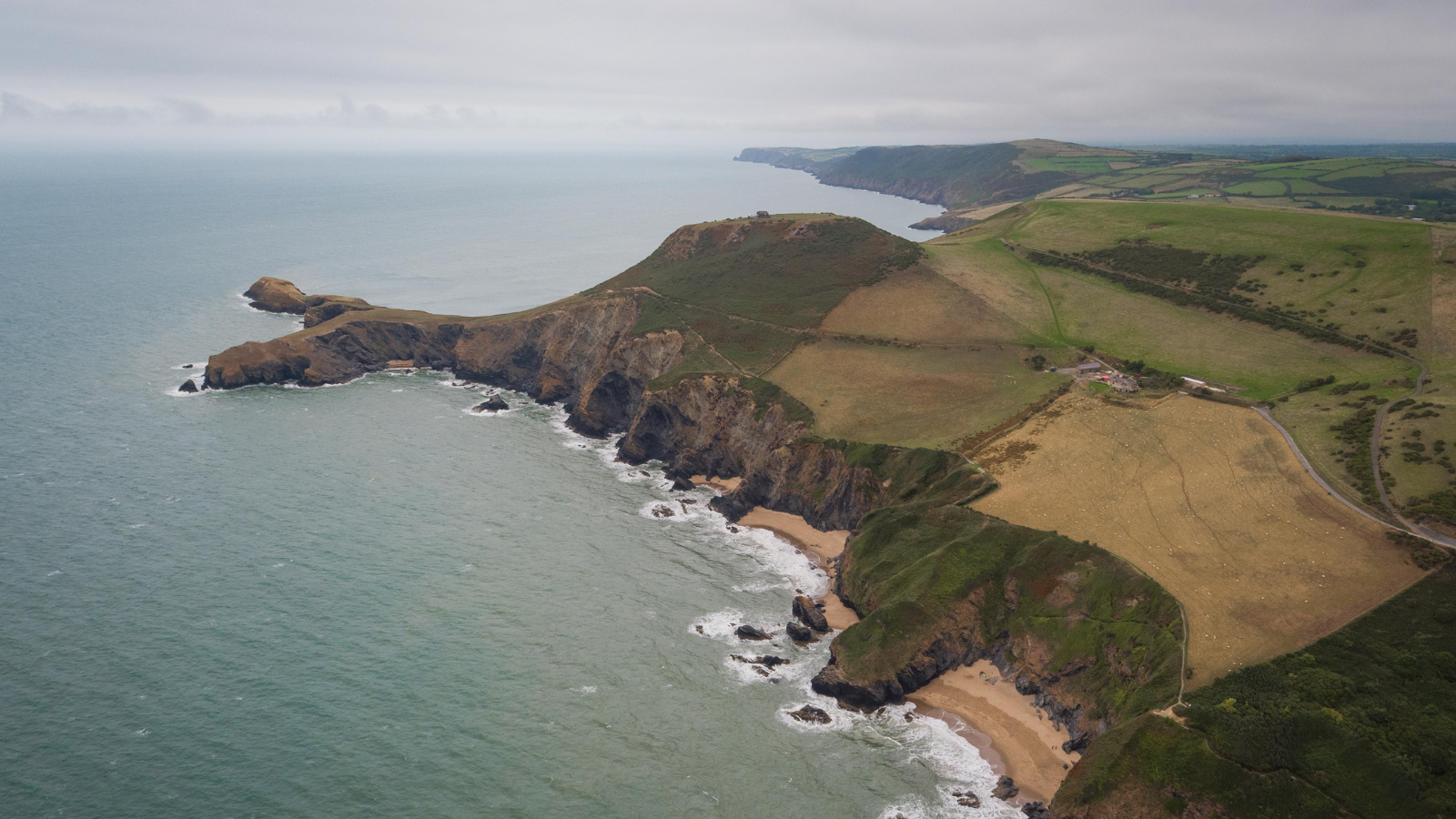
Whether the tales are true or whether it’s all a ruse to keep naughty children in check (or teachers amused) remains to be seen.
The legend of the Gwrach y Rhibyn
The Gwrach y Rhibyn – or the ‘Witch of Mist’ – is a spectral figure from Welsh folklore, that serves as a chilling harbinger of impending doom.
Drawing comparisons to the Irish banshee, the Gwrach y Rhibyn assumes a grotesque form, with long, knotted black hair, black teeth, emaciated limbs, pallid skin, and leathery wings.

This eerie presence is often associated with the coast or other water sources, taking delight in startling her victims with sudden leaps or silent stalking near the shoreline. Those under her watchful gaze may sense an eerie tingle or the feeling of being observed, but she remains concealed until they pass a water channel or crossroads.
Once face-to-face, she unveils her nightmarish visage and emits a bone-chilling shriek.
A Welsh prince and his ghostly ship
A Welsh poem from the 15th century tells how Welsh Prince, Madoc ab Owain Gwynedd, led a fleet of 10 ships to ‘discover’ America in the late 1100s many centuries before Christopher Columbus set sail in 1492.
Whether truth or false, Queen Elizabeth I allegedly used accounts of the journey as evidence of Britain’s claim to America during its territorial struggles with Spain.
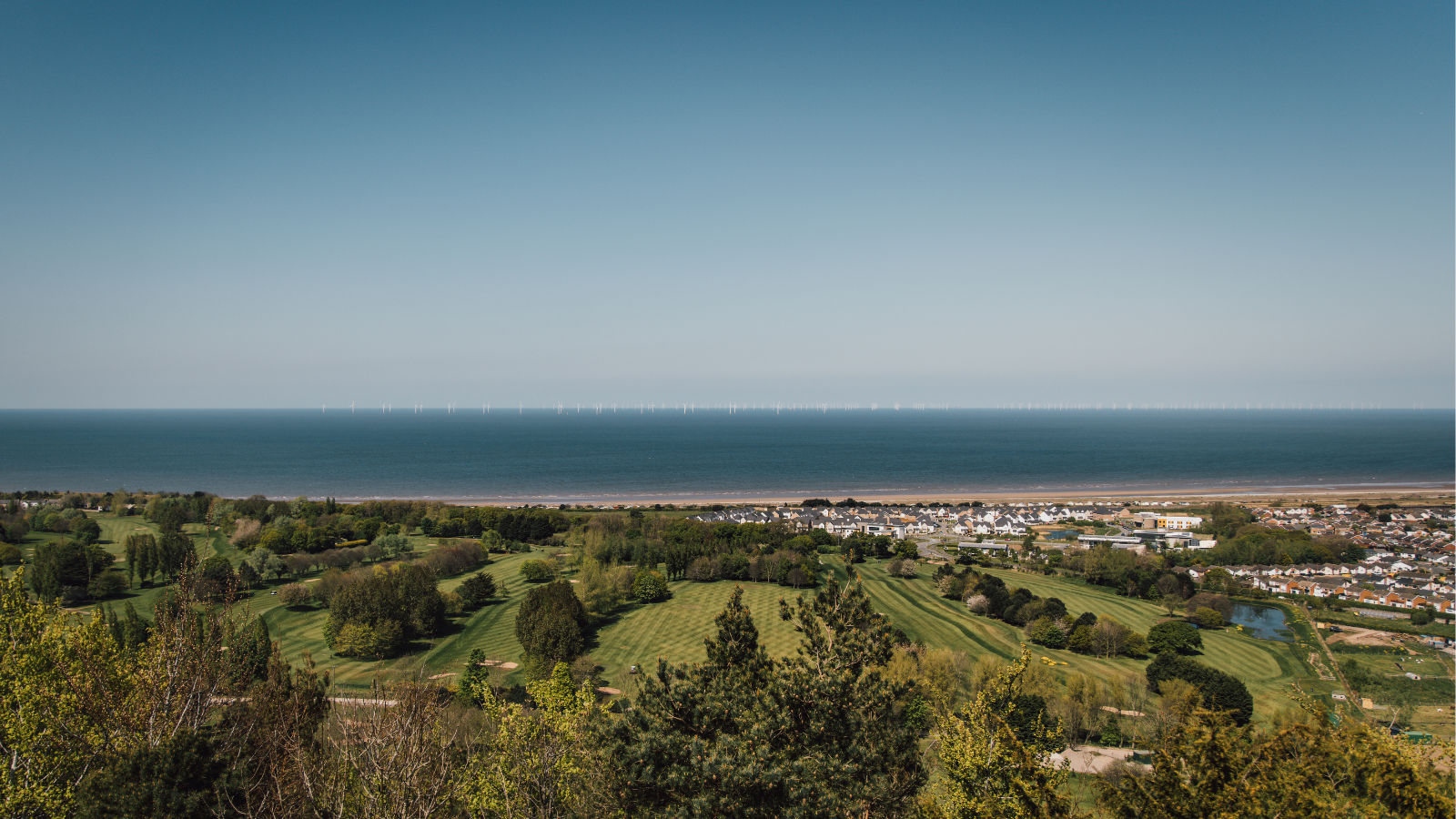
The story goes that Prince Madog returned to Wales with great tales of his adventures, persuading others to return to America with him some months later.
However, after setting sail, an untold tragedy struck and the doomed crew were never seen again – until sightings of a phantom ship started occurring in Abergele.
Witnesses attest to seeing a huge ship containing several men, not dissimilar to Vikings, disappearing moments after being seen…
Support our Nation today
For the price of a cup of coffee a month you can help us create an independent, not-for-profit, national news service for the people of Wales, by the people of Wales.




